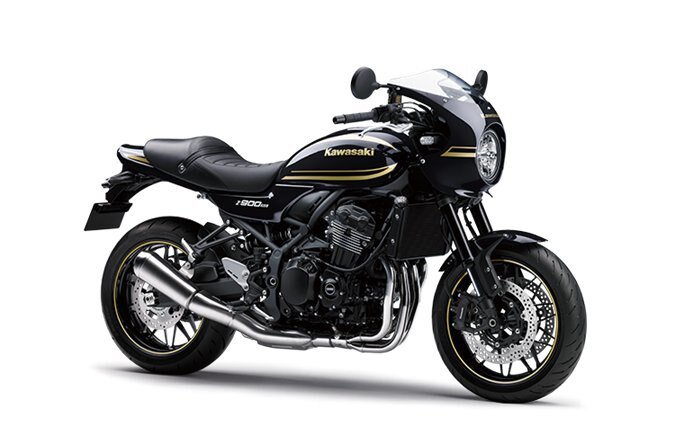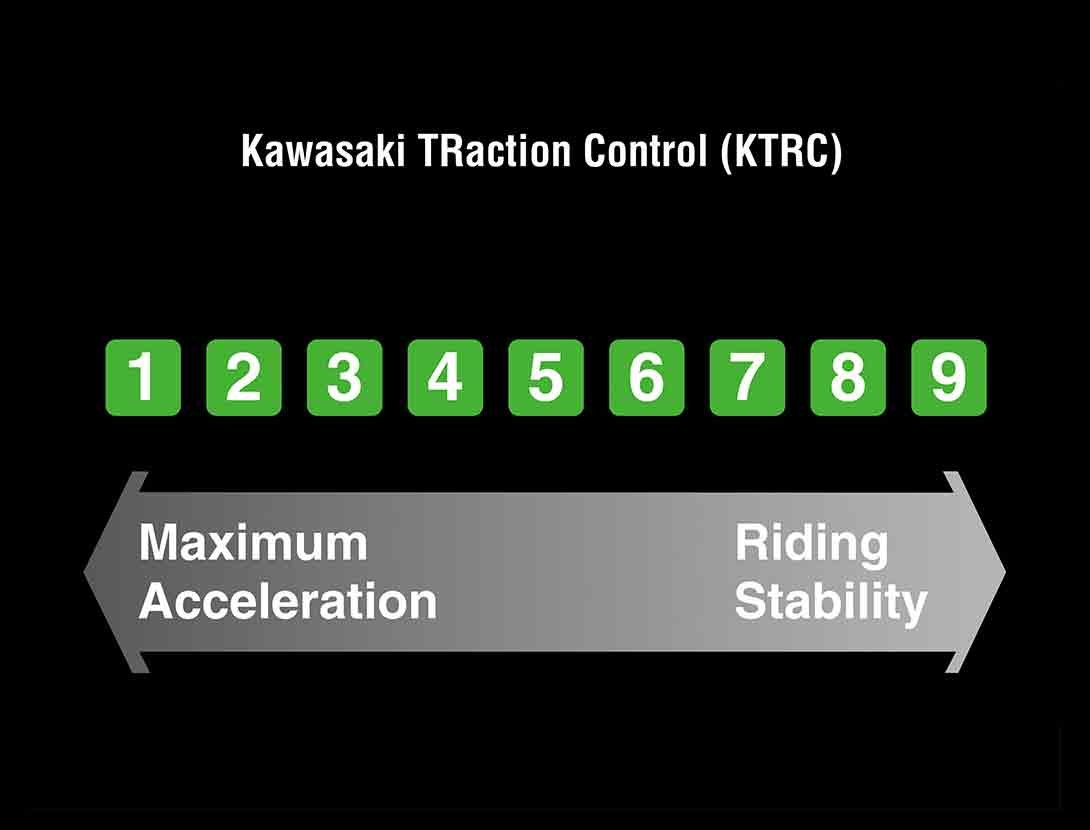- Monday 9:00am - 6:00pm
- Tuesday 9:00am - 6:00pm
- Wednesday 9:00am - 6:00pm
- Thursday 9:00am - 6:00pm
- Friday 9:00am - 8:00pm
- Saturday 9:00am - 5:00pm
- Sunday Gone Riding





2024 Kawasaki Z900 RS Cafe
2024 Kawasaki Z900 RS Cafe
Features :
- 948cc liquid-cooled, in-line four engine
- Assist & Slipper clutch
- Authentic retro styling
Additional Vehicle Features :
- Iconic teardrop fuel tank
- Tuned exhaust with brushed finish
- Round LED headlight
- Bullet shaped analogue dials
- Cafe-racer style front cowl
- Vintage graphics
* Sale Price plus HST & Licensing!
* Got a Trade? Bring it in and have our Professionals look at it!
* Financing Available.
* Not all units are on site! Please contact for details.
St.Onge Recreation is a authorized powersports and marine dealership that has been serving Barrie and the surrounding areas since 1991. We have 3 locations to service your specific needs, our Powersports Store, Dirt Bike Store and Boat Store. Whichever location you find yourself at, our friendly and knowledgeable staff are ready to assist you with our outstanding service. At St. Onge Recreation we value the opportunity to create a positive and long-term relationship with our customers. We aim to earn your trust and loyalty by making sure to exceed your expectations.
St. Onge Recreation…Nothing you Need but Everything you Want!
ASSIST & SLIPPER CLUTCH
|
Dual Throttle Valves
|
ECONOMICAL RIDING INDICATOR
Using high-precision electronic control for engine management, Kawasaki models can achieve a high level of fuel efficiency. However, fuel consumption is greatly affected by throttle use, gear selection, and other elements under the rider's control. The Economical Riding Indicator is a function that indicates when current riding conditions are consuming a low amount of fuel. The system continuously monitors fuel consumption, regardless of vehicle speed, engine speed, throttle position and other riding conditions. When fuel consumption is low for a given speed (i.e. fuel efficiency is high), an "ECO" mark appears on the instrument panel's LCD screen. By riding so that the "ECO" mark remains on, fuel consumption can be reduced. |
ABS (ANTI-LOCK BRAKE SYSTEM)Kawasaki ABS systems use front and rear wheel sensors to constantly monitor wheel speed. Should information from either of the sensors indicate that wheel lock has occurred, the ABS ECU directs the pump in the ABS unit to modulate brake fluid pressure (releasing and reapplying pressure so that traction can be regained) until normal operation resumes. ABS offers rider reassurance that contributes to greater riding enjoyment. |
ERGO-FITProper fit is key for rider comfort and control. However, the ideal fit varies from rider to rider, depending on their physical dimensions and riding style. ERGO-FIT is an interface system designed to allow riders to find their ideal riding position. Various points of the chassis interface (the handlebar, footpegs and seat, etc.) can be adjusted through a combination of interchangeable parts and parts with adjustable positions. This enables a wide range of riders to find a riding position that offers both comfort and control. Feeling at one with their machine, they will be able to experience how Kawasaki machines are fun and rewarding to ride. |
Sound TuningKawasaki has long had a reputation for building great-sounding bikes – a characteristic inherent in the Kawasaki engine architecture – but it is only recently that effort has been put into crafting a specific auditory experience through careful sound tuning of either the intake or exhaust system. Designed specifically to allow riders to enjoy their motorcycles aurally as well as physically, the carefully crafted auditory notes can be the key components of the street riding exhilaration offered by models that have benefitted from sound tuning. Sound tuning can include conducting sound research, designing intake and exhaust system components based on an acoustic test carried out in a sound room, and careful consideration of every detail of a system’s components to ensure a balance of performance and the desired sound. |
HORIZONTAL BACK-LINK REAR SUSPENSION
|
KTRC (KAWASAKI TRACTION CONTROL)
|















